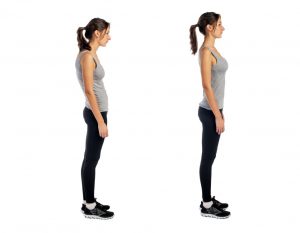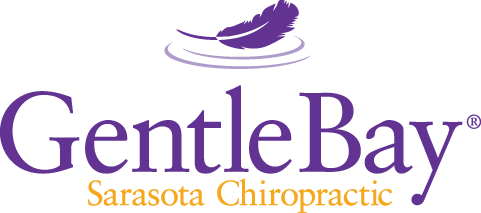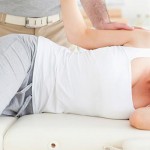 Traditional wisdom says “keep your chin up” or “hold your head high” to improve confidence and mood. Recent research strengthens this advice, including a study in the March issue of Behavioral Therapy and Experimental Psychiatry. Study author Elizabeth Broadbent found that depressed people changing to a more upright posture had “more energy, a less negative mood, and were less self-focused”. This agrees with what we see at GentleBay, where postural work for pain relief often results in improved mood, even before pain improves.
Traditional wisdom says “keep your chin up” or “hold your head high” to improve confidence and mood. Recent research strengthens this advice, including a study in the March issue of Behavioral Therapy and Experimental Psychiatry. Study author Elizabeth Broadbent found that depressed people changing to a more upright posture had “more energy, a less negative mood, and were less self-focused”. This agrees with what we see at GentleBay, where postural work for pain relief often results in improved mood, even before pain improves.
Upright to Feel Right
Broadbent’s subjects were coached to use more upright posture, with shoulders pulled down and back to avoid slumping. This was supported with therapy tape, while the control group had no posture change and tape applied in a way that didn’t affect posture. Both the study and control groups, who had symptoms of mild to moderate depression, were asked to perform under stressful situations, including giving a speech. The participants with the posture change were more articulate, spoke more words, and had more energy than the control group.
Previous studies found similar results. A 2009 study by Richard Petty at Ohio State University found that students with slouched postures were not confident in their own assessment of their positive and negative traits, but those with strong upright posture were confident. In other words, those with slouching posture didn’t trust their own thoughts, but those with strong posture did. In 2012, Erik Peper at San Francisco State University showed that correcting posture can improve mood in as little as two minutes. Peper has researched posture and mood extensively and suggests a possible reason for rising occurrence of depression in the US. We now live in a world where people spend much more time slouched at computers and over phones, tablets, and handheld games. Perhaps our digital world makes us more prone to depression.
Escape the Slump
While depression can be a serious condition and there is much more to successful treatment than just treating posture, we must consider the power of posture to help mood. In our work with at Gentlebay, we find that patients often have postural restrictions that are impossible to fix on their own. However, after removing restrictions in soft tissue, and restoring good joint motion, our patients can then fix and maintain good posture on their own with simple stretches and exercises that we teach them. It is not unusual for patients to report decreased depression or anxiety as posture improves. We invite you to learn more at our next presentation – The Body-Wide Web: Getting Pain Relief, the evening of Wednesday, March 29.



